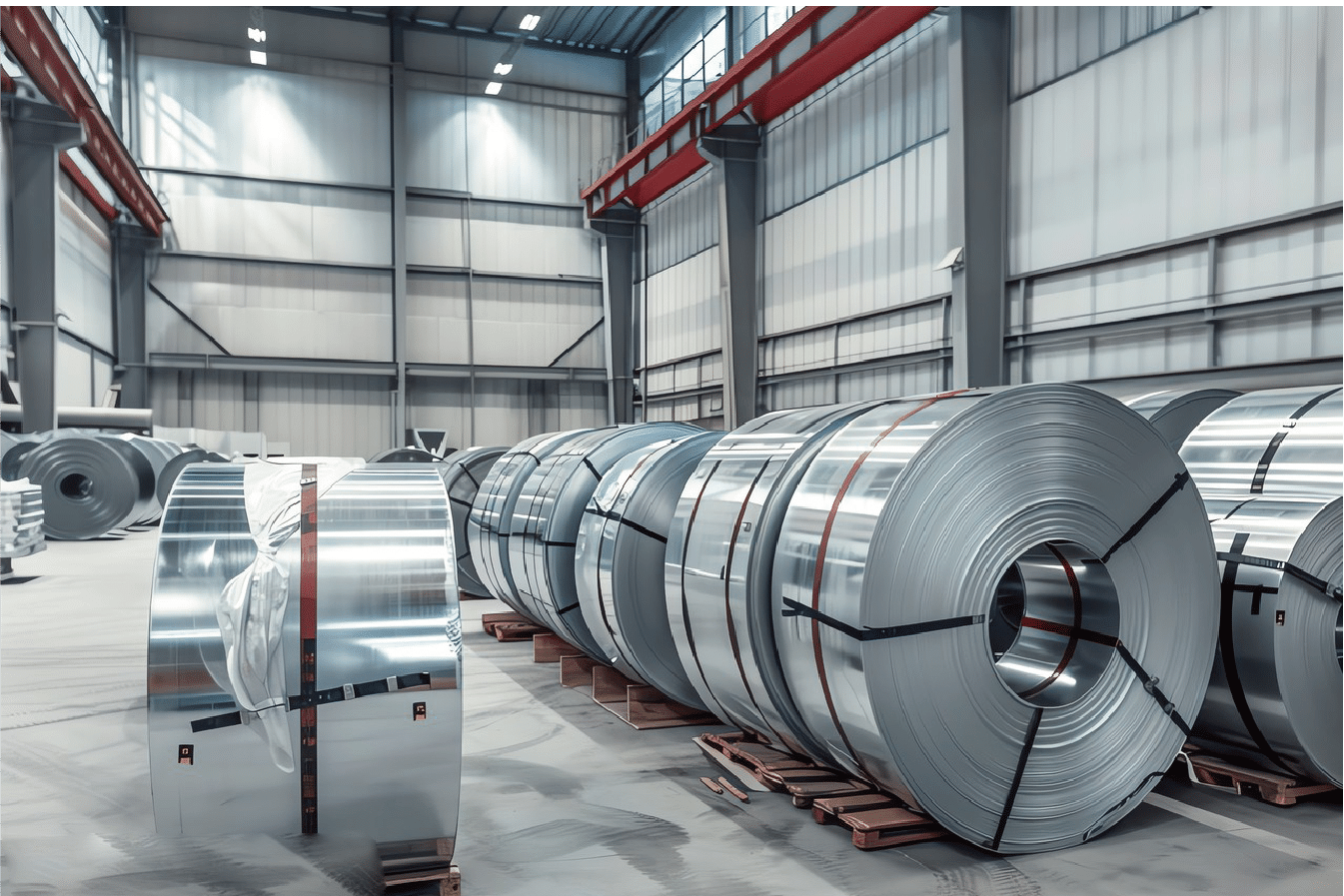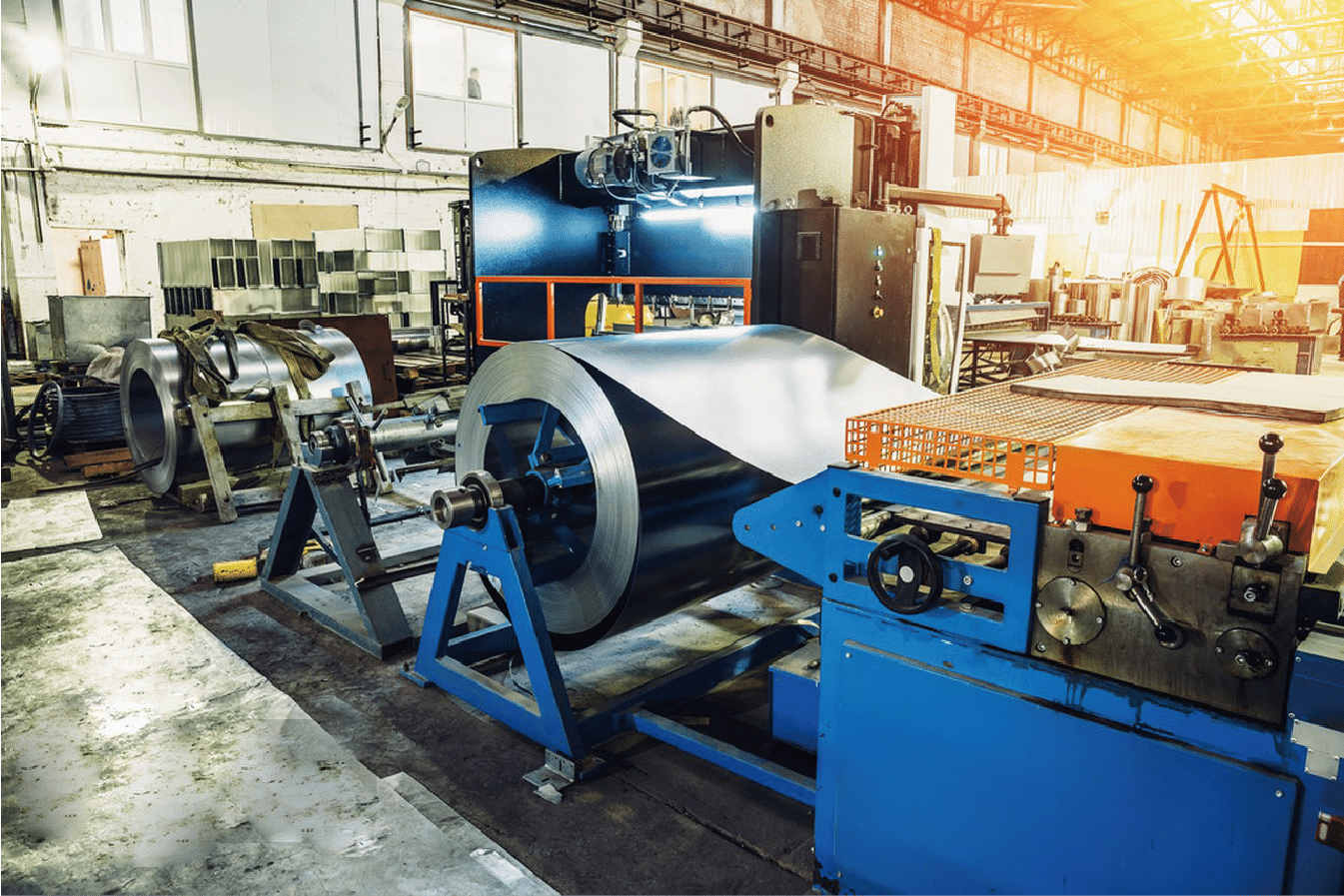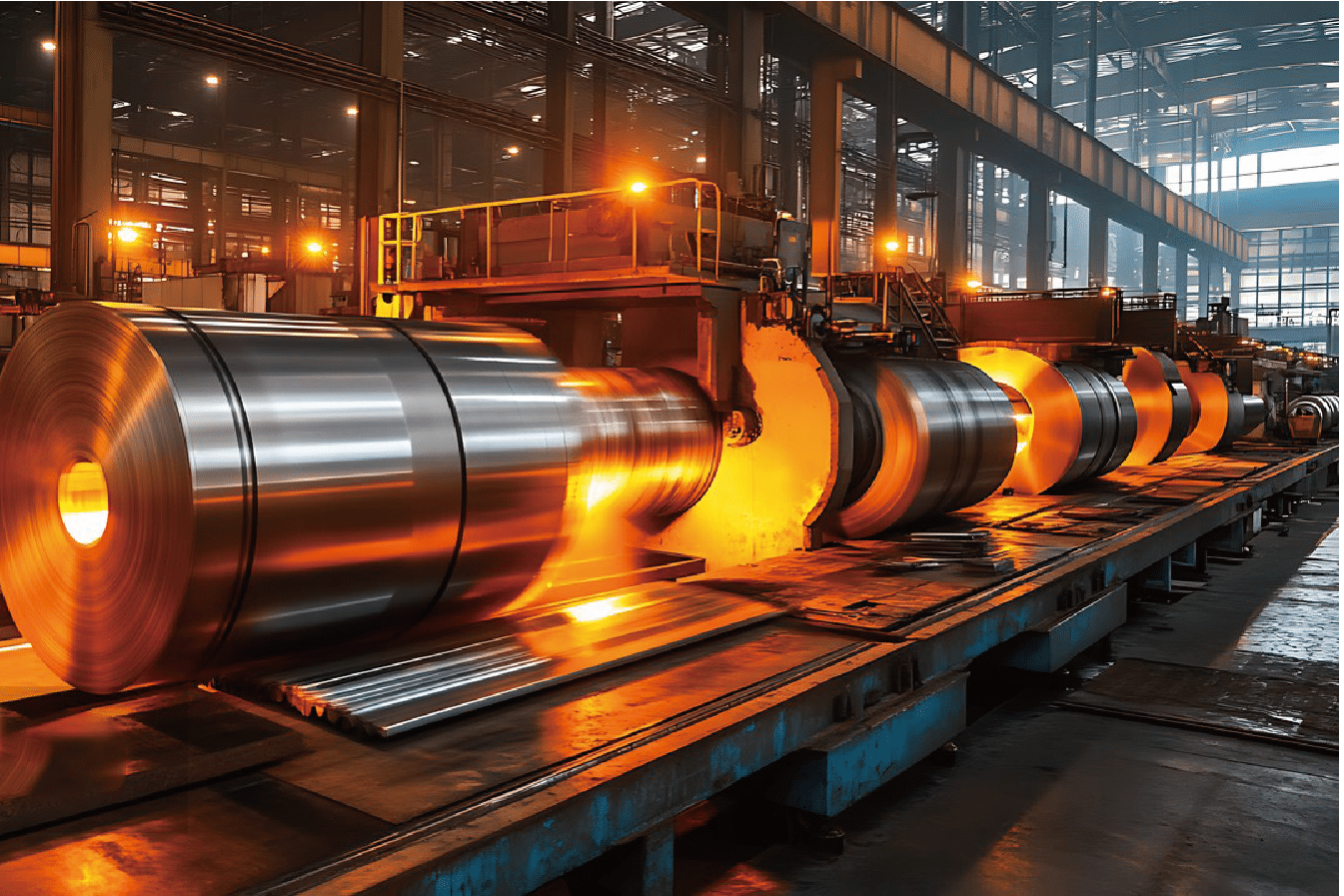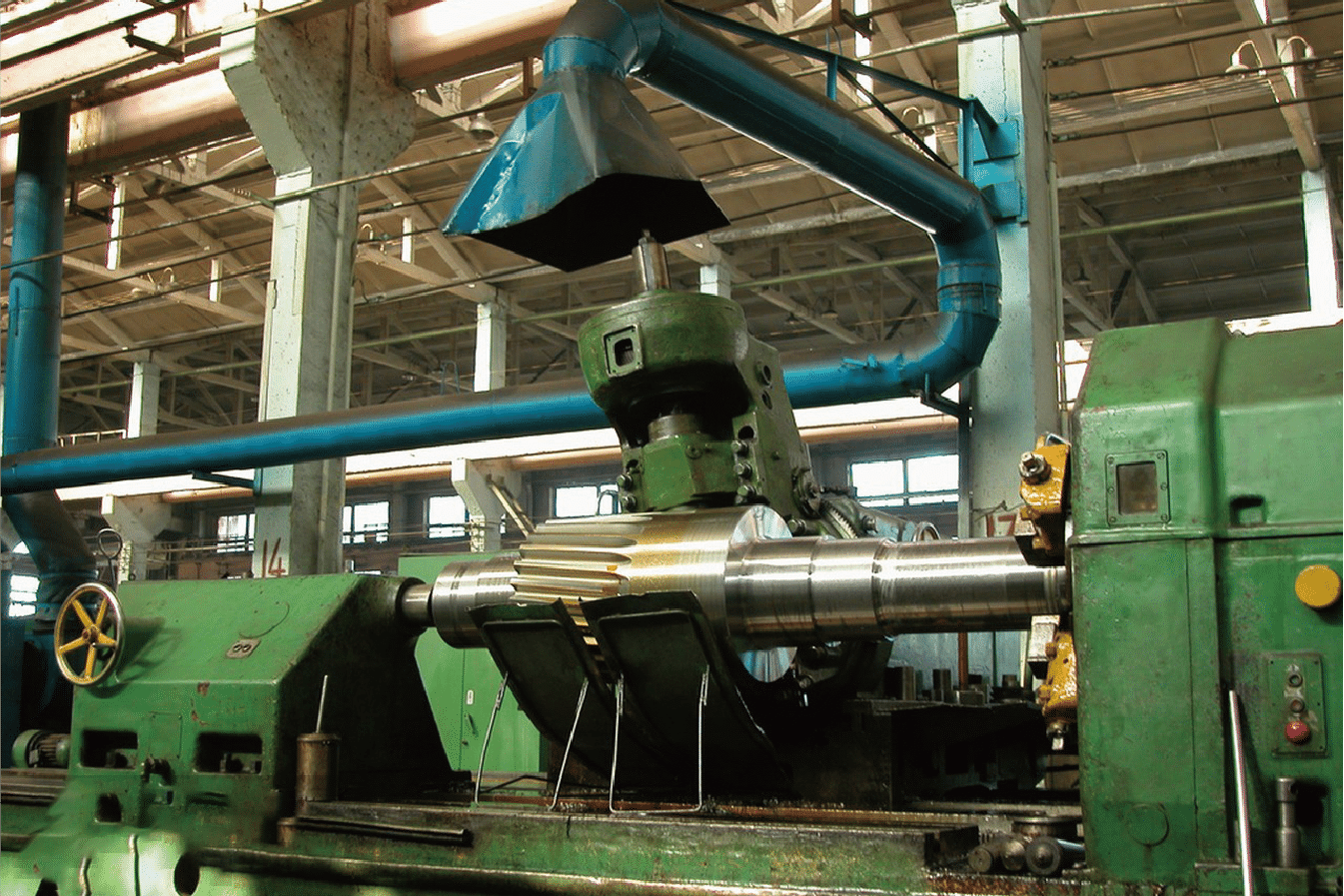
As a stainless steel manufacturer, I've witnessed countless HVAC system failures due to poor pipe material choices. The right piping selection can mean the difference between a system that lasts decades and one that fails prematurely.
Stainless steel pipes are indeed suitable for HVAC systems, offering excellent corrosion resistance, durability, and thermal stability. Their high-strength properties and long service life make them an ideal choice for both residential and commercial HVAC applications, though proper grade selection is crucial.
Having supplied stainless steel pipes1 to HVAC contractors worldwide for over 15 years, I've seen how material choice impacts system performance. Let me share why stainless steel pipes could be the game-changer for your HVAC installations.
The HVAC industry has evolved significantly, with modern systems demanding materials that can withstand diverse operating conditions. Through my experience working with clients like David Zhang, who manages large-scale industrial HVAC installations in India, I've learned that choosing the right piping material involves careful consideration of factors beyond just cost. Let's explore the complex relationship between stainless steel pipes and HVAC systems, examining both their benefits and limitations.
What Are the Requirements for Pipes Used in HVAC Systems?
From my years of supplying piping materials to major HVAC contractors, I've learned that system failures often stem from overlooking critical pipe requirements in the planning phase.
HVAC system pipes must meet specific criteria including pressure resistance2 up to 150 PSI, temperature tolerance from -20°F to 250°F, corrosion resistance against both internal and external factors, and compliance with local building codes and safety standards.
Working closely with engineering firms across Asia and the Middle East, I've observed how pipe requirements vary significantly based on climate conditions, system design, and local regulations. Recently, I consulted with a Dubai-based contractor who needed pipes for a complex district cooling system - their requirements perfectly illustrate why material selection is crucial.

Temperature Resistance Requirements
The ability to maintain structural integrity across wide temperature ranges is paramount in HVAC applications. Modern HVAC systems often operate in environments where temperatures can fluctuate dramatically, from sub-zero conditions in cooling systems to high-temperature heating applications. Through our extensive testing and field experience, we've observed that HVAC pipes must:
- Maintain stability between -20°F to 250°F (-29°C to 121°C)
- Resist thermal expansion and contraction cycles
- Prevent heat loss or gain during operation
- Maintain dimensional stability under temperature fluctuations
Pressure Handling Capabilities
In my collaboration with David Zhang's manufacturing facility in India, we discovered that inadequate pressure handling was the root cause of several system failures. HVAC pipes must withstand:
- Operating pressures up to 150 PSI (10.3 bar)
- Pressure surges during system startup and shutdown
- Vacuum conditions in certain applications
- Cyclic pressure variations
Durability and Longevity Standards
Through years of field experience and customer feedback, I've compiled the following data regarding durability requirements:
| Requirement Category | Minimum Standard | Recommended Standard | Premium Standard |
|---|---|---|---|
| Service Life | 15 years | 25 years | 40+ years |
| Corrosion Resistance | Basic | Enhanced | Superior |
| Impact Resistance | 5 ft-lbs | 10 ft-lbs | 15+ ft-lbs |
| Chemical Resistance | Limited | Moderate | Comprehensive |
The real-world implications of these standards became clear during a recent project with a Southeast Asian client. Their coastal location demanded exceptional corrosion resistance, while their 24/7 operation required minimal maintenance downtime. This led us to recommend specialized grades of stainless steel that exceeded even the premium standards.
HVAC pipes must resist corrosionTrue
Corrosion resistance is critical for both internal and external factors.
HVAC pipes only handle temperatures above 0°FFalse
HVAC pipes must tolerate temperatures as low as -20°F.
How Do Stainless Steel Pipes Meet the Performance Requirements for HVAC Systems?
Having supplied stainless steel pipes to countless HVAC installations worldwide, I've witnessed firsthand how these materials excel in demanding applications.
Stainless steel pipes meet HVAC performance requirements through their inherent properties: corrosion resistance3 up to 650°C, pressure tolerance exceeding 150 PSI, minimal thermal expansion, and exceptional durability with service lives often exceeding 30 years under proper maintenance.
One of our long-term clients, a major HVAC contractor in Mumbai, switched to our stainless steel pipes after experiencing frequent failures with traditional materials. The transformation in their system reliability was remarkable, and I'll share how this material consistently exceeds expectations across various performance metrics.

Material Composition and Grade Selection
In my experience working with diverse HVAC applications, selecting the right stainless steel grade is crucial. Working with David Zhang's team in India, we've developed a comprehensive understanding of how different grades perform:
| Grade | Best For | Temperature Range | Corrosion Resistance |
|---|---|---|---|
| 304/304L | General HVAC | -240°C to 870°C | Excellent |
| 316/316L | Coastal Areas | -240°C to 870°C | Superior |
| 321 | High-Temp | -240°C to 900°C | Very Good |
| 2205 | Aggressive Environments | -50°C to 300°C | Outstanding |
Through extensive field testing and real-world applications, we've found that each grade offers unique advantages for specific HVAC scenarios. A recent project in Dubai's harsh coastal environment demonstrated why proper grade selection is crucial for long-term success.
Mechanical Properties and Performance
After years of testing and field experience, I can confidently say that stainless steel's mechanical properties make it ideal for HVAC applications:
- Tensile Strength: Most grades exceed 515 MPa
- Yield Strength: Typically ranges from 205-410 MPa
- Elongation: 40% minimum in most grades
- Hardness: 150-180 Brinell (typical range)
These properties ensure excellent performance under the dynamic loads typical in HVAC systems. Recently, we worked with a large industrial facility in Thailand where these mechanical properties proved crucial during extreme operating conditions.
Stainless steel pipes resist high temperaturesTrue
They can handle temperatures up to 650°C.
316/316L grade is best for high temperaturesFalse
321 grade is more suitable for high-temperature applications.
What Are the Advantages of Using Stainless Steel Pipes in HVAC Systems?
Throughout my career in the stainless steel industry, I've seen countless examples of how the right material choice can transform HVAC system performance.
Stainless steel pipes offer significant advantages in HVAC applications, including superior corrosion resistance, minimal maintenance requirements, excellent heat transfer properties, and an expected service life of 30+ years. These benefits often justify their initial higher cost through reduced lifetime expenses.
Let me share an enlightening experience with a major Indian manufacturer who switched to stainless steel HVAC piping. Their maintenance costs dropped by 60% in the first year alone, while system efficiency improved by 15%.

Cost-Benefit Analysis
Having worked with clients like David Zhang, who manages large-scale manufacturing operations, I've developed a detailed understanding of the long-term financial implications of using stainless steel pipes:
| Cost Factor | Traditional Pipes | Stainless Steel Pipes |
|---|---|---|
| Initial Cost | Lower ($X/ft) | Higher ($Y/ft) |
| Annual Maintenance | $2-4/ft | $0.5-1/ft |
| Expected Lifespan | 10-15 years | 30+ years |
| Replacement Frequency | Higher | Lower |
| Energy Efficiency | Standard | Superior |
I've seen these numbers play out in real-world scenarios. A recent project in Southeast Asia demonstrated how the initial investment in stainless steel piping paid for itself within just four years through reduced maintenance and energy costs.
Maintenance and Longevity Benefits
Through years of field experience and customer feedback, I've documented several key advantages:
- Reduced Cleaning Requirements: Unlike traditional materials, stainless steel pipes maintain their internal smoothness, requiring less frequent cleaning
- Minimal Scale Build-up: The non-porous surface significantly reduces mineral deposit accumulation
- Superior Chemical Resistance: Withstands aggressive cleaning agents without degradation
- Extended Service Life: Many systems I've installed continue to perform optimally after 20+ years
Stainless steel pipes require less maintenanceTrue
Their smooth surfaces reduce scale build-up and cleaning frequency.
Traditional pipes have a longer lifespanFalse
Stainless steel pipes typically last 30+ years, much longer than traditional pipes.
What Challenges Might Arise When Using Stainless Steel Pipes in HVAC Systems?
In my role as a supplier to major HVAC contractors, I've encountered and helped resolve various challenges with stainless steel pipe installations.
Key challenges include higher initial costs4 (typically 30-40% more than traditional materials), specific welding requirements, potential galvanic corrosion when mixed with other metals, and the need for specialized installation expertise. However, these challenges can be effectively managed with proper planning.
Having worked with numerous projects across Asia and the Middle East, I've developed strategies to address these challenges. Let me share insights from a recent large-scale installation in Mumbai that successfully overcame these obstacles.

Cost Considerations and ROI Analysis
Based on my experience with clients like David Zhang, here's a comprehensive breakdown of costs and returns:
| Cost Element | Short-term Impact | Long-term Impact | Mitigation Strategy |
|---|---|---|---|
| Material Cost | High (+30-40%) | Low (-25% lifetime) | Bulk purchasing |
| Installation | High (+20%) | Minimal | Trained personnel |
| Maintenance | Minimal | Very Low (-60%) | Preventive planning |
| System Downtime | Low | Very Low (-80%) | Quality materials |
This data is based on actual projects and has helped numerous clients make informed decisions about their HVAC system investments.
Installation and Technical Considerations
Through years of supplying these systems, I've identified several critical factors:
- Welding Specifications: Requires certified welders with specific stainless steel experience
- Temperature Control: Crucial during installation to prevent warping
- Joint Design: Must account for thermal expansion and contraction
- Tool Selection: Special tools needed to prevent contamination
Higher initial costs for stainless steelTrue
Stainless steel pipes typically cost 30-40% more initially.
Stainless steel pipes are easy to weldFalse
They require certified welders with specific experience.
What Are the Best Practices for Selecting and Installing Stainless Steel Pipes in HVAC Systems?
Drawing from my extensive experience in supplying stainless steel pipes to HVAC contractors worldwide, proper selection and installation are crucial for optimal performance.
Best practices include choosing appropriate grades based on environmental conditions, ensuring proper sizing and wall thickness, using qualified installers, implementing rigorous quality control measures, and following manufacturer-specified installation procedures for maximum system efficiency.
Through collaborating with industry leaders like David Zhang, I've developed comprehensive guidelines that have consistently resulted in successful installations. Let me walk you through the key considerations that make the difference between average and exceptional HVAC system performance.

Selection Criteria and Sizing Guidelines
Based on years of field experience, I've developed this selection matrix:
| System Type | Recommended Grade | Wall Thickness | Size Range |
|---|---|---|---|
| Chilled Water | 304L/316L | Schedule 10-40 | 0.5"-24" |
| Hot Water | 321/304H | Schedule 40 | 0.5"-12" |
| Steam | 316Ti/321H | Schedule 80 | 0.5"-8" |
| Condensate | 316L | Schedule 40 | 0.5"-4" |
This data has been validated through numerous successful installations across different climate zones and applications.
Quality Control and Testing Protocols
My experience has shown that rigorous quality control is essential:
- Pressure Testing: Minimum 1.5 times operating pressure
- Weld Inspection: 100% visual plus 10% radiographic testing
- Material Certification: Full traceability of all components
- Surface Finish Verification: Ra value monitoring
Quality control is essential for installationTrue
Proper testing and certification ensure optimal performance.
Any grade of stainless steel is suitable for all HVAC systemsFalse
Different grades offer unique advantages for specific applications.
Conclusion
Stainless steel pipes prove to be an excellent choice for HVAC systems, offering superior durability, corrosion resistance, and long-term cost benefits despite initial investments. Proper selection, installation, and maintenance are key to maximizing their advantages.
-
Understand the advantages of using stainless steel pipes in HVAC systems including durability and corrosion resistance ↩
-
Learn about the necessary pressure resistance for HVAC system pipes to ensure system reliability ↩
-
Discover how stainless steel pipes resist corrosion in high-temperature HVAC applications ↩
-
Get detailed cost analysis and ROI for using stainless steel pipes in HVAC systems ↩


